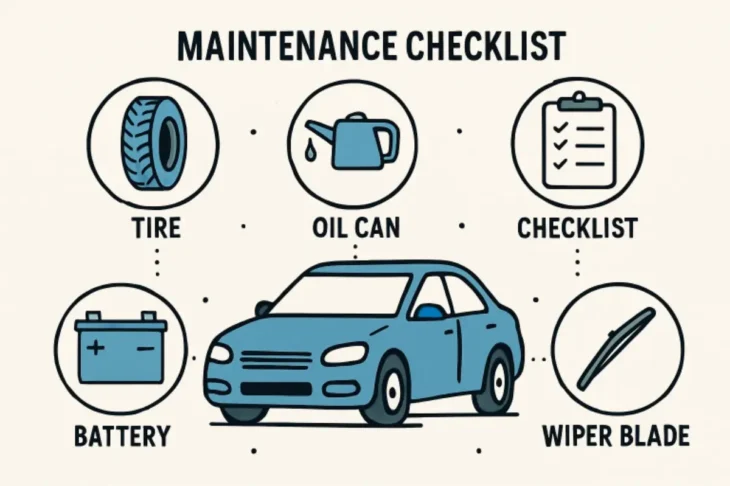
AC Shopping Made Simple: What Actually Matters When Buying
Shopping for an air conditioner can feel overwhelming when you’re standing in a store looking at dozens of units with confusing numbers and features plastered all over them. Sales people throw around terms that sound important, but what actually matters when you’re trying to keep your home cool without breaking the bank?
Size Really Does Matter (But Not How You Think)
The biggest mistake people make is thinking bigger equals better. You might assume a more powerful unit will cool your space faster and keep it more comfortable, but that’s not how air conditioning works. An oversized unit will cool your room too quickly, then shut off before it has a chance to remove humidity from the air. This leaves you feeling cold and clammy instead of comfortable.
Air conditioners are measured in BTUs (British Thermal Units), which tells you how much heat the unit can remove per hour. For a rough estimate, you need about 20 BTUs per square foot of space, but this changes based on your ceiling height, how much sun hits your windows, and how well your home is insulated. A 12,000 BTU unit works well for most average-sized bedrooms, while larger living areas might need 18,000 BTUs or more.
Getting Professional Help Makes All the Difference
When you’re serious about getting the right system for your home, professional installation becomes crucial. The difference between a DIY installation and proper professional work shows up in your comfort level and energy bills for years to come.
Working with experts who understand local climate conditions can save you from costly mistakes down the road. Professional Air Conditioning Installation Canberra services ensure your system is sized correctly, positioned for optimal airflow, and connected properly to avoid future problems.
Energy Efficiency Numbers That Actually Count
Every air conditioner comes with an energy rating sticker, but understanding what those numbers mean saves you money every month. The Energy Efficiency Ratio (EER) tells you how much cooling you get for each unit of electricity consumed. Higher numbers mean lower running costs, but more efficient units usually cost more upfront.
A unit with an EER of 10 will use about 20% less electricity than one with an EER of 8. Over a hot summer, this difference adds up to significant savings on your power bill. Look for units with at least a 4-star energy rating, though 5-star models often pay for themselves within a few years through reduced electricity costs.
Types of Systems and What Works Where
Split systems dominate the market for good reasons. The outdoor compressor unit can be placed away from living areas, reducing noise, while the indoor unit can be positioned for optimal air distribution. These systems work well for single rooms or open-plan areas up to about 50 square meters.
Window units cost less upfront and work fine for smaller spaces, but they’re noisier and less energy efficient. Portable units offer flexibility since you can move them between rooms, but they’re the least efficient option and require you to vent hot air outside through a window or door.
For whole-home cooling, ducted systems distribute air through vents in each room. They’re more expensive to install but provide even temperatures throughout your house and can be controlled with smart thermostats for different zones.
Features That Matter (And Ones That Don’t)
Inverter technology is worth paying extra for because these units adjust their speed based on the temperature difference rather than turning on and off constantly. This means more consistent temperatures, quieter operation, and lower energy consumption.
Programmable timers and sleep modes help manage energy use by adjusting temperatures when you’re away or sleeping. Many newer units connect to smartphone apps, allowing you to control your system remotely and track energy usage.
Don’t get caught up in fancy air purification features or exotic refrigerant types unless you have specific needs. Basic filtration handles dust and pollen fine for most homes, and standard refrigerants work reliably in different climate conditions.
Installation Location Affects Everything
Where your outdoor unit goes impacts how efficiently your system runs and how long it lasts. The compressor needs good airflow around it and protection from direct afternoon sun. Placing it where it gets morning light but afternoon shade usually works best.
Indoor units should be positioned where air can circulate freely throughout the room. Avoid spots directly above beds or seating areas where cold air will blow on people constantly. The unit should be high enough on the wall to distribute air properly but accessible for cleaning and maintenance.
Making Your Final Decision
Once you understand sizing, efficiency ratings, and installation requirements, choosing becomes much easier. Calculate the total cost including installation, not just the unit price. A slightly more expensive, properly installed system often costs less over its lifetime than a cheap unit that struggles to cool your space efficiently.
Get quotes from multiple installers and ask specific questions about sizing calculations, electrical requirements, and warranty coverage. A good installer will measure your space, ask about your usage patterns, and explain why they recommend a particular system size and type.
Remember that the cheapest option rarely delivers the best value. Focus on finding the right balance of upfront cost, energy efficiency, and reliable performance for your specific situation. Your air conditioner will run for thousands of hours over its lifetime, so investing in quality equipment and professional installation pays dividends in comfort and cost savings for years to come.

